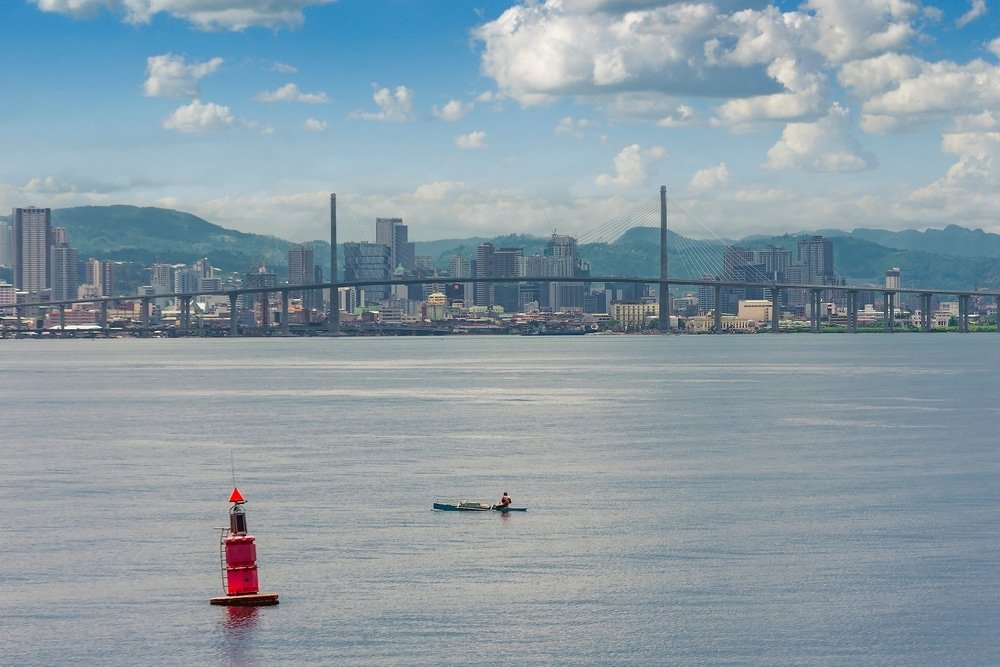The term “energy” has become critical amid the Visayas’ rapid economic growth and surging energy demand.
According to the United Nations Development Programme (UNDP), energy security is “the continuous availability of energy in varied forms, in sufficient quantities, and at reasonable prices.” It involves reducing dependence on unstable energy imports and ensuring sufficient resources to meet growing needs at fair costs.
As highlighted in an opinion article by Jake Maderazo, energy security also means ensuring the “quantity of supply can meet demand while also providing for a margin of allowance.”
Baseload power, on the other hand, refers to the minimum level of electricity required to meet basic energy demands, day and night. It is typically provided by reliable energy sources such as coal, nuclear, or hydropower plants.
By maintaining a steady supply, baseload power plays a vital role in energy security, preventing blackouts and ensuring households and essential services, like hospitals and communication systems, remain operational.
These concepts are crucial to understanding the challenges and strategies for meeting the Visayas’ growing energy needs while maintaining stability and resilience in the power supply.
Capacity factors of energy sources
Capacity factors indicate how much electricity a power plant generates relative to its maximum potential, expressed as a percentage. This is often influenced by the availability of the energy resource. For example, a 100-megawatt (MW) plant producing 70 MW on average annually has a capacity factor of 70%. This metric helps assess the performance of individual power plants and their contribution to overall power generation.
The Philippine Electricity Market Corporation’s 2023 Annual Market Assessment highlights capacity factors across energy sources throughout the mentioned year: geothermal (65.5–71%), coal (57.5-68.5%), natural gas (44.2–64.2%), hydro (24.1–39.2%), wind (31%), biomass (25%), and solar (20%). For solar, this means only 20 MW of every 100 MW installed capacity is effectively produced due to intermittencies like lack of sunlight or wind.
The low capacity factors of renewable sources like solar and wind highlight their inherent intermittency, making them unsuitable as standalone solutions. Despite the potential for expansion, dispatchable sources such as geothermal, coal, and natural gas remain essential to maintain grid stability, reliability, and consistent power supply.
While energy storage systems can mitigate intermittency, their high costs often render solar or wind storage less reliable than traditional energy sources.
The importance of a power generation mix
At The Freeman’s “Powering Cebu” business forum, Neil Martin Modina, assistant vice president for system operations at the National Grid Corporation of the Philippines, highlighted the discrepancy between energy supply and demand in Visayas. “The total capacity is only 1,123 [megawatts] but … if you look at our demand, it’s about 1,223 last May, the peak month of Visayas,” he said. “If you minus the generation and the demand… we are lacking around 100 megawatts.”
Power plants are categorized based on their role in meeting electricity demand. Baseload plants operate continuously to provide a consistent supply of power. Intermediate plants adjust output to match daily demand fluctuations. Meanwhile, peaking plants operate during peak demand periods, offering quick responses.
Though Paulino acknowledged that these key power plant types must grow alongside economic expansion, he cautioned against favoring one over the others. “It cannot all be baseload because … what happens is, when the demand goes down, you’ll continue to run those baseload power plants at their peak capacity. Therefore, you’re just wasting energy,” he explained. “It also cannot be a lot of peaking power plants, because … if you actually try to power up all those peaking power plants all at the same time, the electricity prices will go up. And that’s why, I think the issue in the Philippines and here in Visayas too, is we need to have that optimum blend and mix of power generation capacity.”
Considering the country’s unique situation
According to the World Economic Forum, the Philippines placed 105th out of 120 countries in the World Economic Forum’s Energy Transition Index. This was a decline from its 94th spot in 2023.
But Eduardo Araral, associate professor at the Lee Kuan Yew School of Public Policy, mentioned during the 6th Paderanga-Varela Memorial Lecture, that the country’s energy system is still not ready for a widespread transition. “The [power] grid is not yet ready. So, I think they are getting the system ready right, but we don’t want our option to move faster than the readiness of the grid. Otherwise, you’re stuck with a lot of excess capacity.”
He also advised against comparing the country’s standing against first-world countries. “We should not rush to it and abandon our legacy [fuels]…simply because we want to be green. I think we have to do this in a very, very pragmatic way,” he stated. “Energy security and affordability, first and foremost. Decarbonization should be a second point, not the main driver of energy security.”
Sources:
https://www.undp.org/sites/g/files/zskgke326/files/publications/chapter4.pdf
https://www.wesm.ph/market-outcomes/market-assessment-reports/annual-market-assessment-report
https://www.facebook.com/thefreemannews/videos/1263027161491911
https://www.facebook.com/watch/live/?ref=watch_permalink&v=1676235962922048


